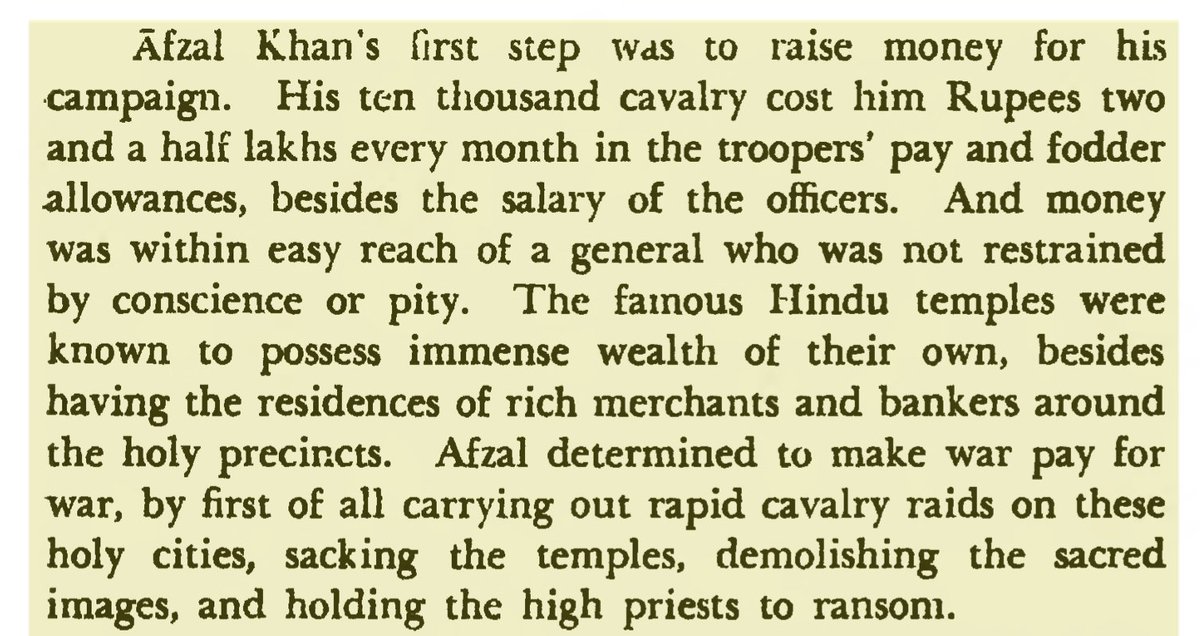
Hitler clearly used the word “Hakenkreuz” or Christian “hooked cross” NOT the word Swastika, in “Mein Kampf”- the Bible of Nazism & its symbols. He did not know the word Swastika or Sanskrit. In contrast he knew & used the word “Aryan” learnt from Aryan Supremacy theorists. 



In “Mein Kampf” Hitler has entire chapters like “Der Arier als Kulturbegründer” (The Aryan as a founder of culture) where he uses the term Aryan. Surely he would have also used Swastika if that's what Nazis called the symbol, but instead he clearly calls it the Hakenkreuz. 

Dr. Daniel Rancour-Laferriere, in his book "The Sign of the Cross: From Golgotha to Genocide" shows that as a child Hitler was very impressed by a stylized Hakenkreuz in the coat of arms of the statue of Abbot Theoderich von Hagen at the Lambach Abbey in Austria. 

It was Irish Catholic Priest James Murphy who published the first complete translation of Mein Kampf in 1939. He purposely mistranslated Hakenkreuz in English as Swastika, to delink Christian Hakenkreuz from the Nazi symbol. Hakenkreuz was a well known term for the hooked cross. 

Earlier Aryan Supremacy Theorists like Houston Stewart Chamberlain, Arthur de Gobineau & others specifically wanted to disassociate Jesus from his Jewish ancestry to turn him into a symbol of Aryan struggle by "Aryanizing” Christian symbols like the hooked cross (Hakenkreuz) 

Today offenders like Trudeau & Audrey Truschke deliberately & maliciously equate the Nazi Hakenkreuz with Hindu Swastika. Even Google translate gives “Swastika” as the English translation of “Hakenkreuz”. It is high time Hindu organizations start legally pursuing such offenders.
References:
Mein Kampf (German) - Adolf Hitler
Mein Kampf (English) - Stalag Edition
cohna.org/swastika-is-no…
Mein Kampf (German) - Adolf Hitler
Mein Kampf (English) - Stalag Edition
cohna.org/swastika-is-no…
• • •
Missing some Tweet in this thread? You can try to
force a refresh



































